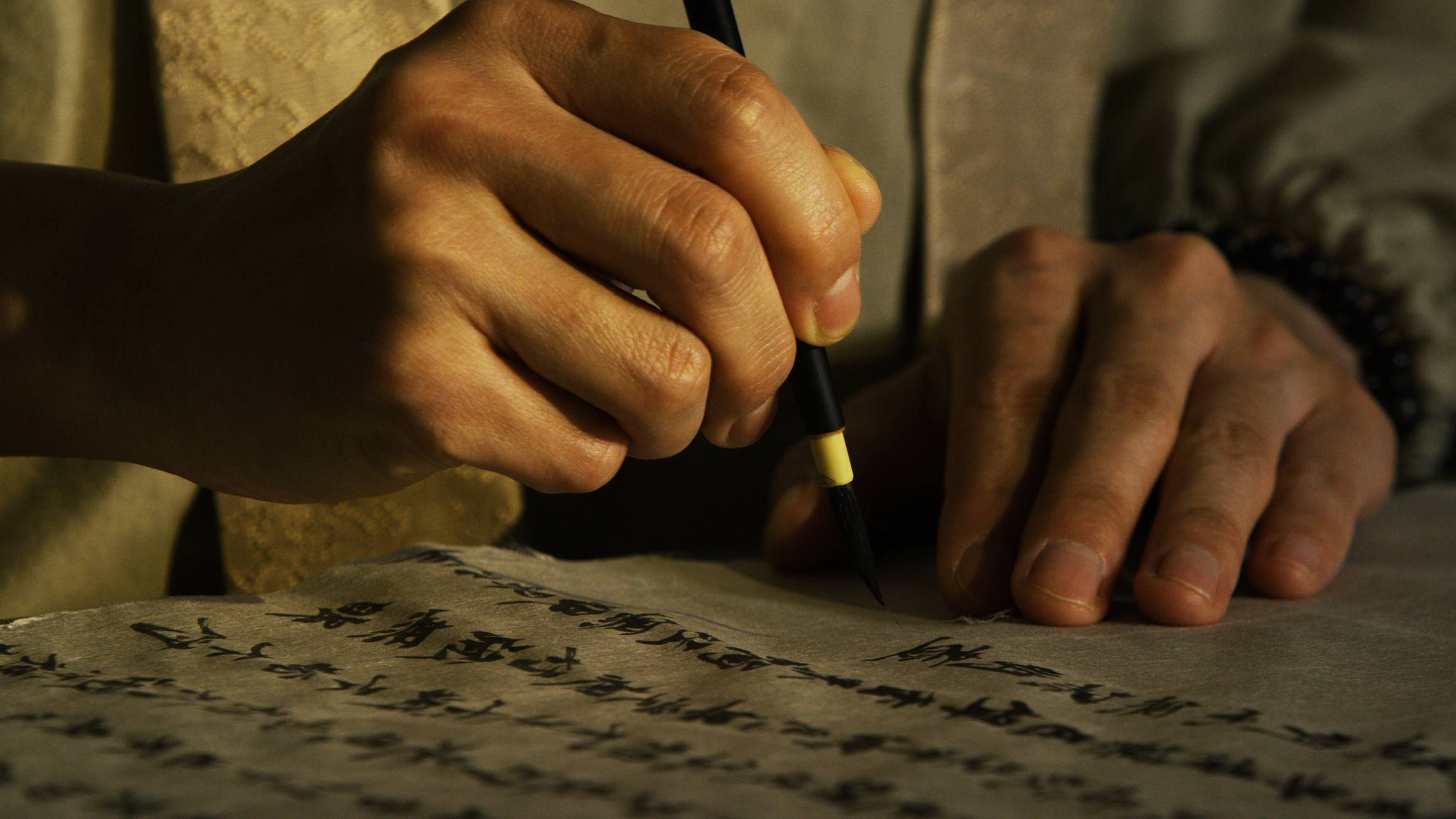Most of the time, Japanese learners are more concerned about being able to speak Japanese at all, much less 美しい日本語 (utsukushii Nihongo, beautiful Japanese). As a language learner, though, it’s important to understand what is 荒い (arai, coarse/crude) and what is 綺麗 (kirei, pretty).
Japanese, with its abundant history of poetry and tendency toward polite language, has rich and plentiful expressions of beauty. Words like ときめく(tokimeku, to flutter/palpitate, or to flourish/prosper) and たおやか(taoyaka, graceful/willowy) come to mind.
However, according to Japanese people, 美しい日本語 is simpler than you’d expect. Government surveys have found that people think that the most beautiful Japanese 言葉 (kotoba, words/phrases) are 思いやりのある言葉 (omoiyari no aru kotoba, words of consideration/thoughtfulness), 挨拶の言葉 (aisatsu no kotoba, words of greeting) and 季節の移り変わりを表す言葉 (kisetsu no utsurikawari o arawasu kotoba, words that express the changing of seasons). 謙遜な言葉 (Kensonna kotoba, Humble expressions) and 俳句などの言葉 (haiku nado no kotoba, haiku words and so on) rounded out the top five. That means many people think that the most beautiful Japanese expressions you could conceivably say are as simple as ご苦労様でした (gokurōsama deshita, thanks for your hard work).


















With your current subscription plan you can comment on stories. However, before writing your first comment, please create a display name in the Profile section of your subscriber account page.